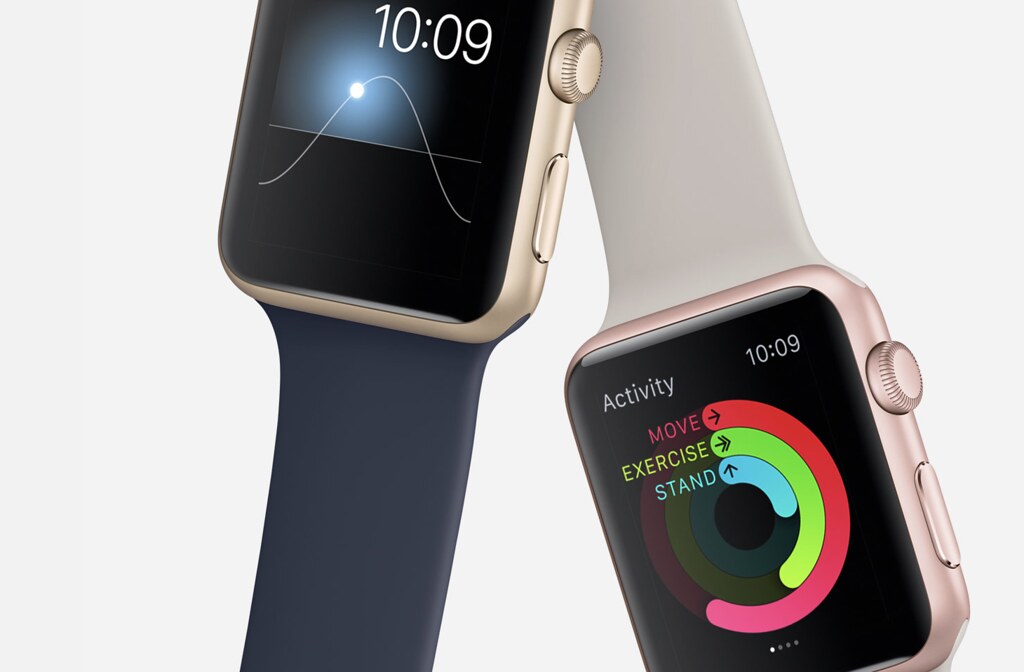Wearable Technology and Where It’s Headed
 If you walk into your local Best Buy, you’ll see a full section of wearable technology on display. This will continue to grow as this “boomin” industry continues to gain traction and launch new innovations. It will be really exciting to see how this will affect our day to day lives as this technology gets better.
If you walk into your local Best Buy, you’ll see a full section of wearable technology on display. This will continue to grow as this “boomin” industry continues to gain traction and launch new innovations. It will be really exciting to see how this will affect our day to day lives as this technology gets better.
If we look at today’s status of wearable tech, we can break things down to the types of technology currently offered.
Smartwatches
We have seen the launch of smartwatches over the past few years and this is by far one of the most popular categories for the average consumer.
There is of course the Apple Watch and Samsung Gear S2, but also companies such as Fossil who have been making analog watches since the 50’s have entered the wearables market. Currently there is a large discussion over what exactly the smartwatch is able to do, and there has been much criticism over how many are dependant on another device such as your smartphone.
Head Mounted Displays
If we were to break down this category into two subcategories, we have Virtual Reality (a fully immersed experience), and Augmented Reality (an integrated experience with the real world).
The Oculus Rift would be an example of a VR device, and the Google Glass or Microsoft Hololens are examples of AR hardware. What’s mostly exciting is how this will soon affect the way we work and live with AR technology as well as enjoy entertainment through VR. Check out this clip of a hololens demo where a user is playing the popular game Minecraft displayed both on the wall, and in 3D on a tabletop.
Fitness Trackers
Fitness tracking with wearable technology has been around for a few years now. You are probably familiar with Fitbit or Garmin, but there are other exciting pieces of technology such as Pushor Misfit on the market. The number of health applications are also endless; a recent survey conducted by PwC expects that over 50% of people will live an additional 10 years due to wearable-enabled technology.
Smart Clothing
If strapping something onto your wrist while you workout isn’t comfortable for you, smart clothing is an alternative. What’s exciting is that trainers and athletes will be able to track detailed metrics around progress and performance. OMsignal already has their Shirts and Smart Box available to consumers, and are launching a smart bra this Spring. Athos offers both upper and lower body kits to track what part of your body you are engaging and provide feedback on your form, balance, and heart rates.
Major retailers such as Ralph Lauren and Tommy Hilfiger are also experimenting with smart clothing.Similar to when smartphones first came out, this industry is still fairly niche and in its infancy. As these devices become less expensive and more sophisticated however, we will see wearable technology become more common in our daily lives.
Interested in learning more about Wearable Technology? BrainStation is hosting a Wearables Panel discussion at both their Vancouver and Toronto Campuses. RSVP today with the promo code Wearables50 to get 50% off your admission.











